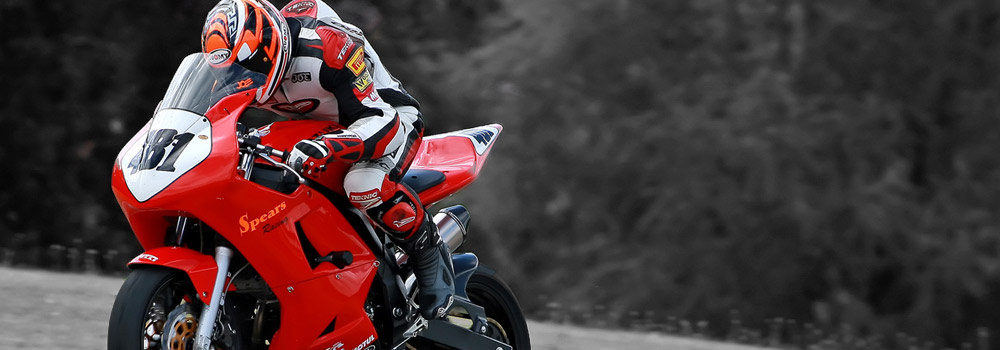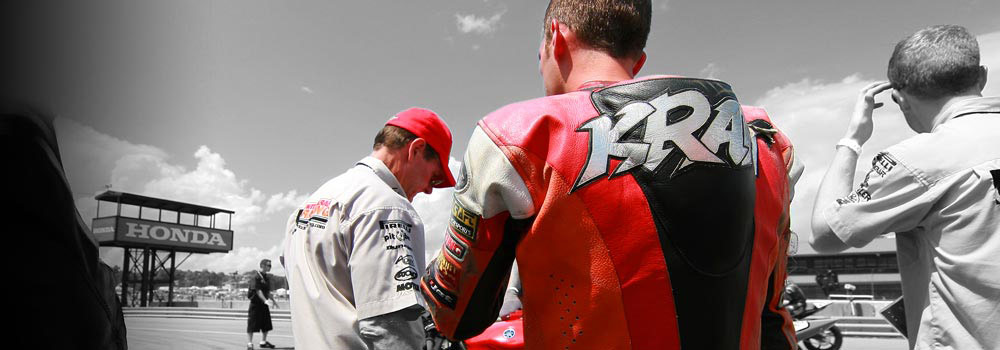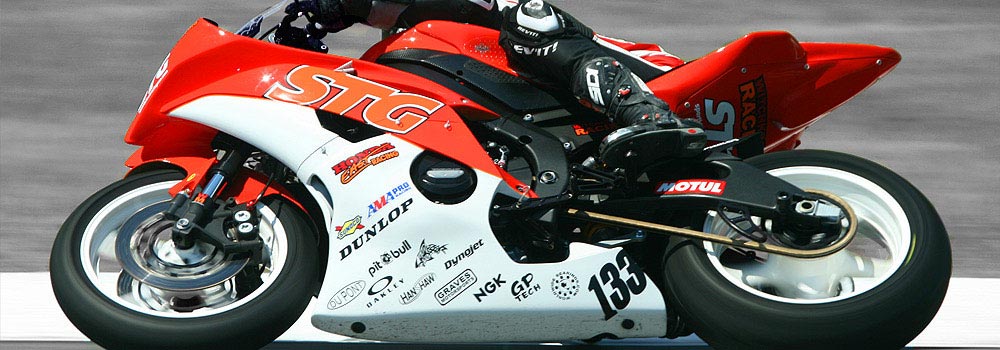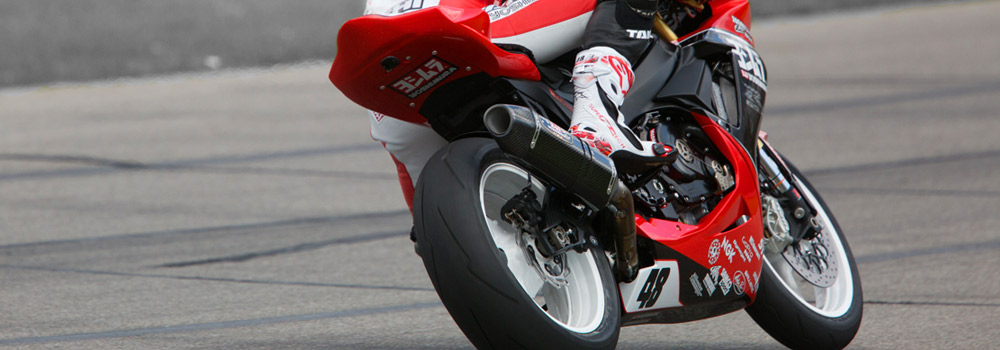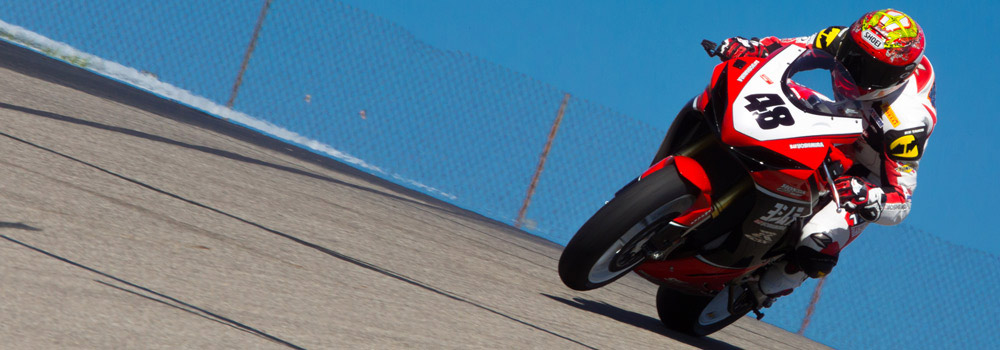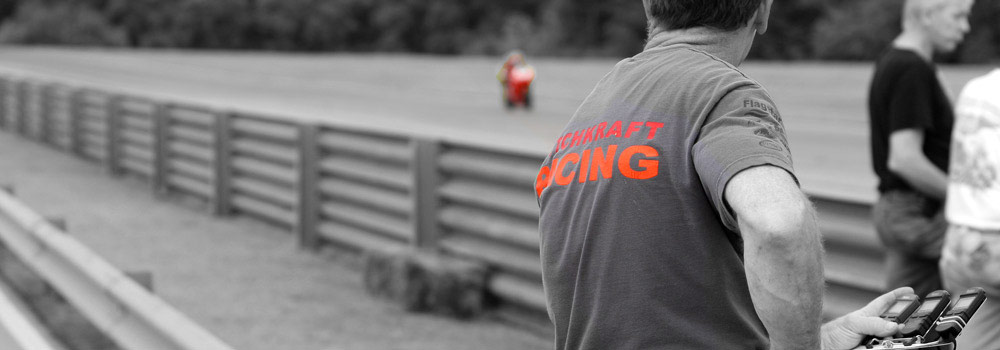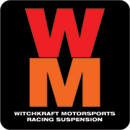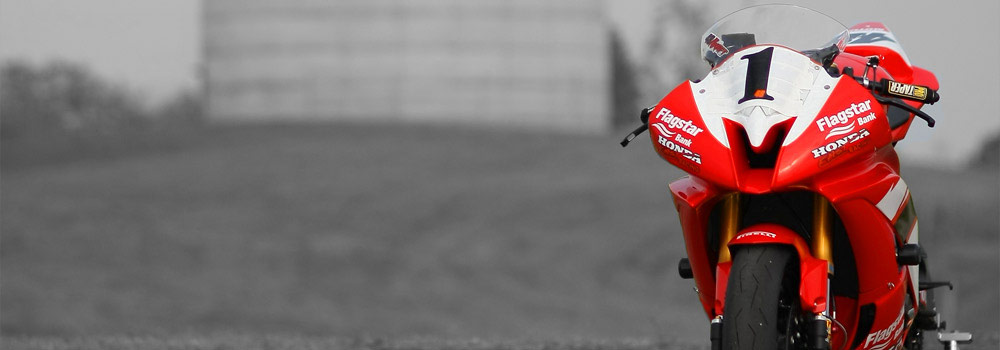-
Two Cents, Two Seconds and the Jason DiSalvo Speed Academy
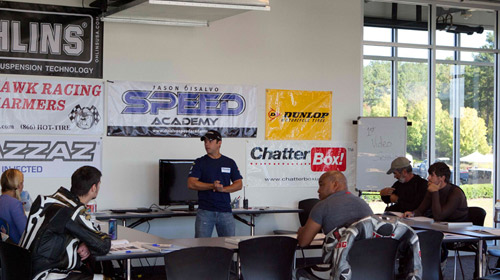
Jason DiSalvo Speed Academy Review
As a racer, I've always wanted to go faster, easier. The latter especially. And since starting down this addictive road of racing, the mental aspect necessary to go faster is something I've felt to be both challenging and rewarding in a unique type of way. I had taken other riding/racer schools from other accomplished racers in the past – all of which were good schools. However it had been a number of years since I had taken any type of riding/race school and I wanted a chance to focus solely on what I felt were my weak points – and do it where I thought I would get the most bang for my buck.
Of the varying options of schools available, the Jason DiSalvo Speed Academy (JDSA) was what I chose. I heard a variety of positive and encouraging things about their program, and with the JDSA being partnered with Sportbike Track Time, the decision to try it became rather easy for me as I'm quite familiar with STT. The school was held down at Barber Motorsports Park as part of the STT weekend that was right before the WERA Grand National Finals – one of the biggest racing events in the country and of the season. Of course getting some track time at a place I was still relatively new to would also be a good thing.
The JDSA offers stand-alone events at other tracks, but given this was Barber (who doesn't love Barber?) and that I was looking to race there the following weekend, taking the JDSA school combined with STT made the most sense. Although to be honest, I was only about 50/50 on actually racing the following weekend and had a list of pre-made excuses and reasons to not do it, but I'll get to that later ..
My goals for the school were simple. To go faster obviously, but it wasn't just that. I wanted to go faster with less effort, less input on the bike. I've always attempted to be a smooth rider for the most part, but in the past couple years I felt I might have gotten into some bad habits and was working too hard on the bike to make it do what I needed it to. An added challenge for me was having a wrist injury that has complicated riding as effectively as I once have, so I wanted to figure out how to work around this issue. Another reason for taking the school was that whenever I would hit the track, I wanted to put in fast laps. Even when looking to work on the basics of riding, in the back of my mind I always wanted to push and go faster. I knew the school would force me to take a step back and work on things at a slower pace – something difficult for a racer to handle, but a necessary evil. The school would force me to break down my riding and work on technique.
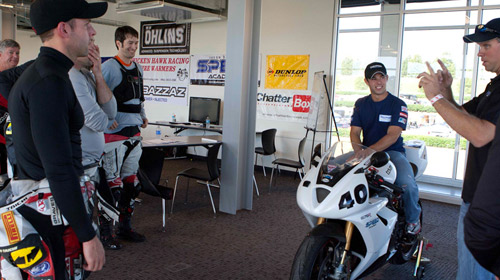
Onto the school, it started Saturday morning with introductions from Jason and Brian. Obviously the resumes of both JD and Stokes are impressive and speak for themselves. I've seen them race over the years (and even raced against Jason at one point at a WERA race) and the credibility factor for both Jason and Brian is obviously very high. I knew what they would be teaching is what they themselves do and has proven successful.
The class jumped into two groups, alternating between classroom and track sessions. We all did introductions and then loosened up on the bike in the first track session before going into any major intellectual studies. Jason and Brian were both teaching in the classroom together and much of the discussions centered around body position. Hey, I know about body position, what else is there to know really, right? Well, a lot really – specifically a number of things I hadn't been doing. Where to put your weight on the bike, where should you do with your arms, your legs, your shoulders, your hips. Your hips?! Yes, hips matter too. I kind of winged it with certain things in this regard, but I was quickly beginning to see how all of it ties together on the bike.
Applying the classroom lessons onto the track was a difficult exercise initially. The little voice in my ear wanted to go fast and work on dropping time, but applying what we learned in the classroom in a conscious and deliberate manner really showed the potential of how well these skills were going to work for me. For example – turning the bike in a corner is a pretty important and repetitive task. Applying some of these new techniques, I was turning the bike so much easier and quicker that I nearly fell off the inside of the track a couple times. It was great to see flashes of these techniques already working.
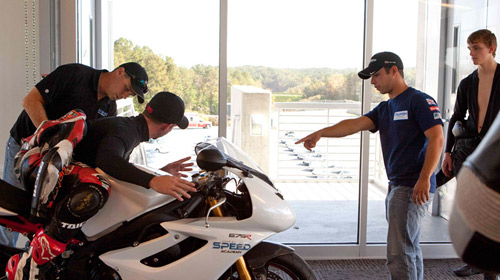
What I liked the most about the on-track sessions was that each time, we did a 2-lap video run with an instructor. And once back in the classroom, we would split between Jason and Brian and study our footage. It's one thing to feel like you're applying new techniques, but it's another to see it in action, or sometimes not see it in action as the camera doesn't lie. The seamless jump the JDSA staff did between riding and studying video was impressive. By the time I was out of my leathers and up in the room, my labeled SD-card was queued up and ready for review. No wasted time, no waiting for this or that – we were down to business right away, which was a big plus in maximizing our time.
As day one concluded, we did a track walk with Jason and Brian – another good exercise. After a day of riding, it's always good to walk to track and look at lines, reference points and overall just think about where and how to improve. Both Jason and Brian proved extremely beneficial in seeing ways to drop time.
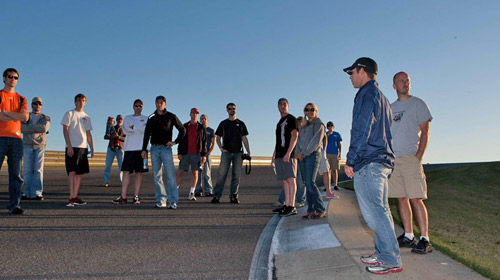
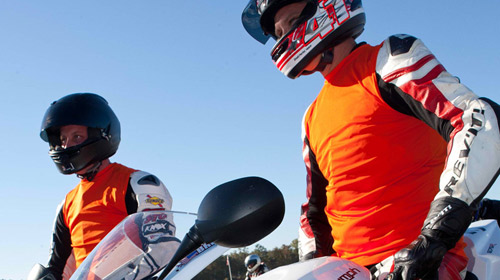
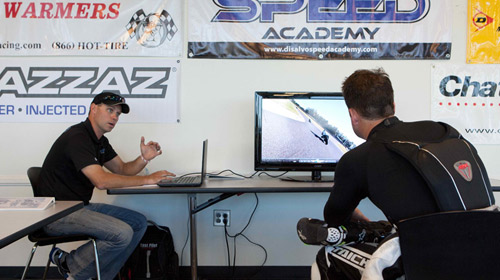
Day two was about applying what we learned in the first day and then an extension of learning from day one. This day in my opinion was very necessary. There was more one-on-one instruction for those who wanted it and things freed up a bit more for those who wanted to go out and turns laps on their own. The staff continued to do the 2-lap video sessions, which I found extremely beneficial. You could say I learned the core fundamentals of what Jason and Brian were teaching in the first day, but without the added video sessions and working with Jason and Brian on the second day, I wouldn't have gained nearly as much from the school, as I would have gone out to my next trackday and still been doing some things the wrong way, without knowing it. I was able to refine more of what they were teaching and pick up several little things along the way. I had a solid session early on with Brian where we rolled around for a number of laps following each other and gradually picking up the pace, while still working on what I had been learning.
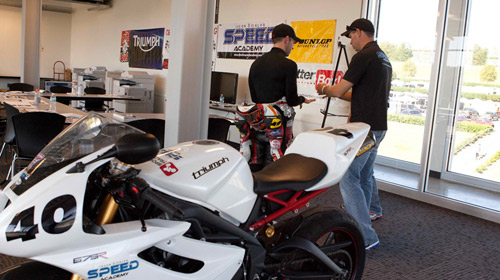
As the day came to a close, I had a wealth of new information that I was pretty excited about. As I said, I like the mental aspect of riding, so now having this bank of knowledge just made me exciting at working at it and looking to continually improve my riding. I wouldn't be a racer if I didn't say that in the last couple sessions of the day, that little voice said I had to put in some harder laps to figure out if I was going to race or not the following weekend. I was still working on all I had learned, but just started pushing a little bit harder – and by the end of the day, I was comfortably back at my fastest times ever around Barber, which made the decision to race an easy one. I was thinking that my limited track time at Barber, the wrist, and whatever else I could conjure up would prohibit me from being as competitive as I wanted to be, but by this point I just wanted to ride more and work on all I had learned.
You can argue how much all of this helped during the Grand National Finals (see full recap here), but I went over two seconds a lap faster than I had ever gone once the race weekend was over. And I did that during Thursday's practice early in the event – not believing how much easier it felt to do those times. From that point on, the only issue I ran into was reverting back to old habits. We went into qualifying and then the races and I was guilty of pressing and reverting back a bit. We went about a half second faster on Friday, but there was certainly more to be had and I was getting in the way of myself to some extent.
Even Jason and Brian acknowledged, it's tough to change your riding style overnight, or within the span of a week. They both provided some great coaching and could see some old habits I was reverting back to, so I know what I still need to work on. Even with those Dr. Jekyll and Mr. Hyde moments, we finished respectably against some top-level guys with the highlight being a 4th place in the 600 Superstock finale, amongst tough field which was proof enough for me that I was already seeing the benefits from taking the school.
Overall, that's my two cents on the JDSA. If you want to improve your craft as a rider or racer, on the street or the track, the Jason DiSalvo Speed Academy is worth looking at. The toughest thing Jason and Brian may now have ahead of them is helping me find the next two seconds. :)
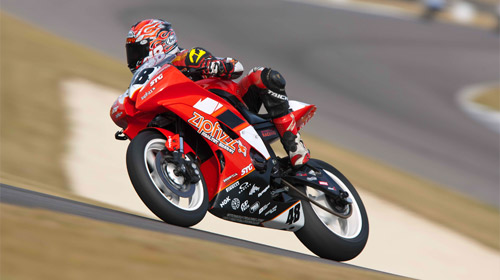
Photos courtesy of Brandon Bones, studio819.smugmug.com
Have Your Say:
* We don't spam. Your email address is safe and secure.
About This Entry
- You're currently reading "Two Cents, Two Seconds and the Jason DiSalvo Speed Academy," an entry on Witchkraft Racing.
- Published: 11.8.12 / 10am
- Category: General


- Arai Helmets
- Ballistic Performance
- Chicken Hawk Tire Warmers
- Dynojet Research
- Evol Technology
- GoPro Cameras
- Hoffer Performance
- Honda East of Toledo
- Millennium Technologies
- Motion Pro Tools
- Moto Everything
- Motul Lubricants
- NGK Spark Plugs
- Pirelli Tires
- RS Taichi
- Spiegler Performance
- World Wide Bearings
- Yoshimura R&D
 Home
Home